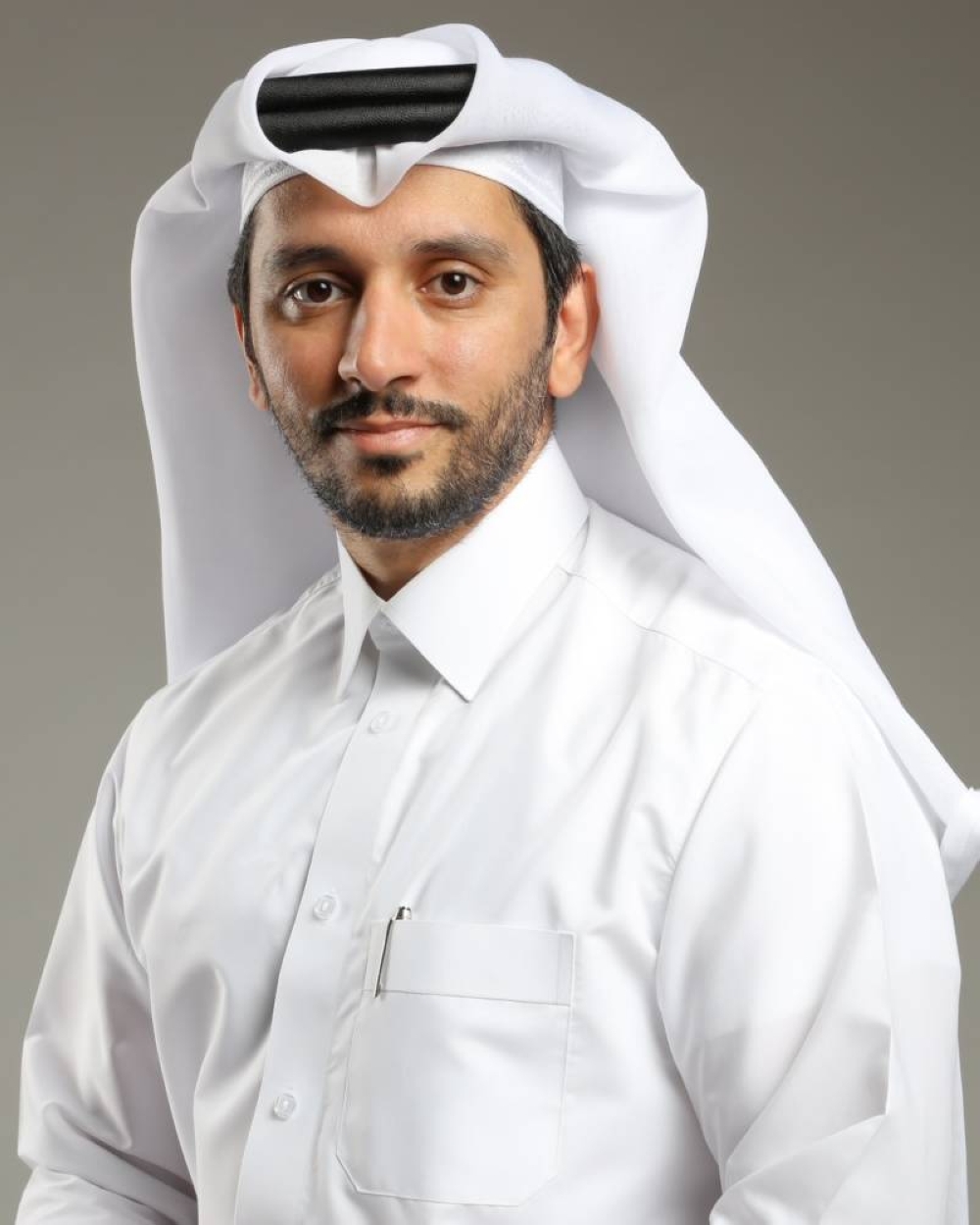The Brics constellation of countries is growing both in influence and membership. Expansion will require careful handling but is set to further increase the role of the group
Brics is an acronym from the world of investment banking that has become a global movement. Originally just ‘BRIC’, coined by the investment bank Goldman Sachs at the beginning of the century, it stood for Brazil, Russia, India and China, to describe a significant cluster of the world’s emerging economies with considerable potential for investors. The projection was that the four countries would dominate the global economy by the mid-21st Century. The ‘S’ stands for South Africa, which was added soon after. This year will see nations from the Gulf Co-operation Council join the club. There are around 20 countries applying to join, although one member-elect, Argentina, announced late last year that it would not be joining as planned, following Javier Milei’s win in the presidential election.
Since 2009 the five countries have formed themselves into a formal grouping with annual summits aimed at assisting co-operation among non-Western nations, the most recent of which took place in Johannesburg, South Africa in August 2023. It was the 15th meeting of the bloc.
The group is not building a unified political structure like the European Union. This is to be expected, given that the five nations are disparate societies and economies with territory in four different continents. There has been talk of a ‘Brics’ currency but if this were to happen, it is some way off.
It is, however, much more than a talking shop. There is a strong sense of purpose around creating instruments as alternatives to Western institutions and programmes, with a particular emphasis on development.
Brics is growing to become Brics-plus, and the Gulf is set to be involved. Five members are due to join this year, including two GCC countries. They are: Ethiopia, Iran, Saudi Arabia, Egypt and the United Arab Emirates. Argentina’s withdrawal is significant, in that it has observer status in the non-aligned movement of nations, and the move signals a switch to being more pro-Western, but on its own may not signal a major slowdown in the growth of the Brics movement.
One tangible investment is the creation of the New Development Bank, agreed in 2014 and operational since 2016, with a headquarters in Shanghai. Its focus is infrastructure and sustainable development, and it has approved 96 projects worth $32.8bn. The approved projects have been fairly evenly distributed between the five nations, with Russia receiving around $4bn, Brazil and South Africa just over $5bn each, and India and China – which have much larger populations – respectively just over $7bn and $8bn. In 2021, four new members of the bank were admitted: Uruguay, Egypt, United Arab Emirates and Bangladesh.
While a condition of entry to the Brics group is not to have a binding relationship with a Western power, it is probably more accurate to describe the grouping as non-Western, rather than anti-Western. There is more focus on economic development and co-operation, than geopolitical rivalry. The US prides itself on overseeing a rules-based international order, but the experience of some states is that the rules can tend to favour Western institutions.
Although a replacement of the US dollar is not for the short-term, moves in this direction may be incremental yet nonetheless significant. For example, there was an oil transaction between India and the United Arab Emirates designated in rupees in 2023. While using the dollar for oil and more generally as the primary reserve currency is convenient, it can come with costs. When interest rates and the dollar value increases owing to inflation in the US, this increases the cost of government debt for many middle and low-income nations. Sanctions on the Russian economy and use of the rouble following the conflict in Ukraine appear principled from a Western perspective, but reduce options for some countries.
The Brics nations are free to develop their relationships with Western states, on the understanding that this does not harm their relations with each other. This may become more complicated, given that tensions have increased in the past two years between the West and both Russia and China.
The nations were originally characterised as emerging economies, but China has become a major economic power. Three of them – India, China and Russia – have advanced space industries. In 2021, under India’s presidency of Brics, the nations agreed a co-operative arrangement on remote sensing satellite data sharing. The purpose was to pool information related to common challenges, such as climate change and disaster response.
Expansion of the Brics grouping to include nations that do not form part of the acronym is an interesting strategic move. By prioritising expansion rather than integration, it confirms that the objectives are to do with global co-operation and non-Western arrangements for finance and trade. There will be challenges over decision-making, as the group becomes larger, and includes nations of very different populations and economic size. But if the focus remains pragmatic, it can be a positive grouping in terms of economic development.
The author is a Qatari banker, with many years of experience in the banking sector in senior positions.

Fahad Badar
